Maintaining clean kitchen floors is essential for hygiene, aesthetics, and food safety. Different flooring types necessitate specific tools, products, and cleaning methods. Professional services offer specialized equipment and eco-friendly solutions, ensuring thorough cleaning without damaging surfaces in both residential and commercial kitchens. Regular vacuuming, sweeping, and quick stain removal with mild detergents are recommended between professional cleans. Advanced machinery like high-pressure washers and buffers used by professionals efficiently remove grease and grime, enhancing hygiene and floor lifespan. Case studies highlight the transformative effects of professional kitchen floor cleaning, emphasizing its value for aesthetics and safety in various settings.
Looking for a sparkling kitchen floor but don’t know where to start? Discover the ultimate guide to kitchen floor cleaning, tailored to every surface and need. From understanding the importance of regular cleaning to choosing the right products and tools, we break down everything you need to know. Explore professional services, common challenges, and expert tips for maintaining a hygienically clean and visually appealing kitchen floor. Revitalize your space with these comprehensive insights on efficient and effective kitchen floor cleaning.
Understanding Kitchen Floor Cleaning: Why It Matters
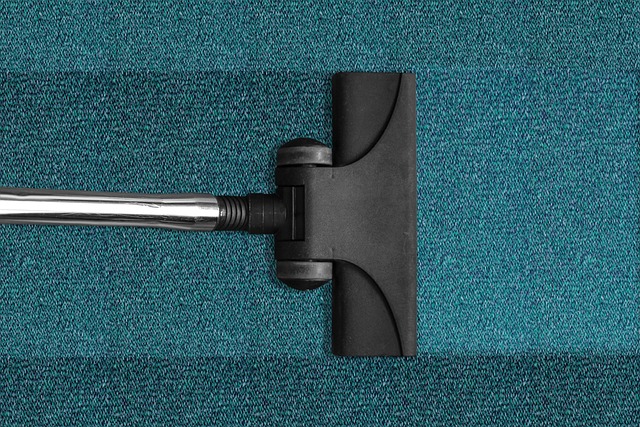
Keeping your kitchen floor clean is more than just a matter of aesthetics; it’s a crucial aspect of maintaining a hygienic living space. A clean kitchen floor not only enhances the overall look and feel of the room but also plays a significant role in food safety and disease prevention. Regular cleaning helps remove dirt, germs, and bacteria that can accumulate from daily activities like cooking, meal preparation, and foot traffic.
Effective kitchen floor cleaning involves using the right tools and products to address different types of flooring, such as tiles, vinyl, or wood. Professional kitchen floor freshening services understand the importance of tailored approaches, employing specialized equipment and eco-friendly solutions to ensure deep cleaning without causing damage. This is especially crucial in commercial kitchens where health and safety regulations demand meticulous cleanliness standards.
Types of Kitchen Floor Surfaces and Their Unique Care Needs

Kitchen floors are a significant feature in any space, serving both functional and aesthetic purposes. Understanding the different types of kitchen floor surfaces is key to ensuring their longevity and maintaining a fresh, clean environment. Common options include tile, hardwood, vinyl, linoleum, and concrete, each with its own unique characteristics and care requirements.
Tile floors, for instance, offer durability and ease of cleaning but may require regular sealing to prevent staining. Hardwood floors, known for their natural beauty, need careful maintenance to avoid water damage and scratches. Vinyl and linoleum are versatile and easy on the budget, yet they might chip or fade over time. Concrete floors, while industrial and trendy, demand proper sealing and regular cleaning to withstand spills and maintain their look. Choosing the right cleaning method tailored to each surface type is crucial for kitchen floor freshening services.
The Benefits of Professional Kitchen Floor Cleaning Services
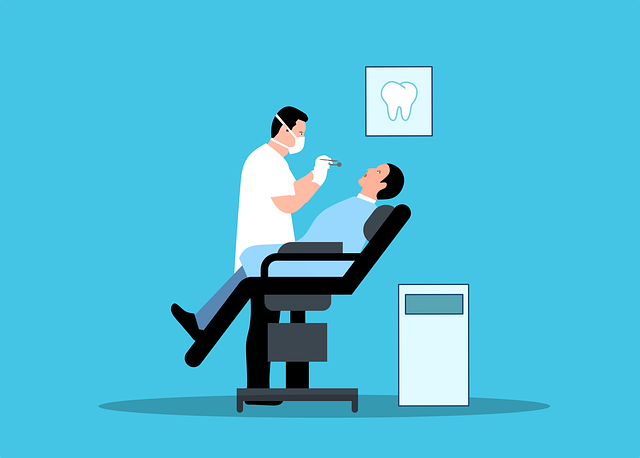
Professional kitchen floor cleaning services offer numerous benefits that go beyond basic aesthetics. They ensure your floors are hygienically cleaned, removing stubborn stains and deep-seated dirt that can be missed by regular cleaning. This is particularly important in commercial kitchens where food safety regulations must be adhered to, as it minimizes the risk of cross-contamination and bacterial growth.
Moreover, these services use specialized equipment and eco-friendly products tailored for kitchen floors, which can extend their lifespan significantly. Regular professional cleaning also prevents floor damage caused by constant exposure to water, chemicals, or heavy traffic. This not only maintains your kitchen’s visual appeal but also invests in its longevity, saving you money on future repairs or replacements.
Common Challenges in Kitchen Floor Maintenance and How to Overcome Them

Kitchen floors are a high-traffic area, subject to spills, stains, and grime buildup over time. Common challenges in kitchen floor maintenance include stubborn grease and oil residue, mold and mildew growth, especially in damp environments, and the accumulation of dirt and debris from outdoor shoes. Regular cleaning may not be enough to combat these issues effectively.
To overcome these challenges, invest in professional kitchen floor cleaning services that employ specialized equipment and eco-friendly solutions tailored for kitchens. Regular deep cleaning sessions can prevent damage, extend the lifespan of your flooring, and create a hygienic environment. Professional cleaners also address underlying problems like moisture intrusion or poor ventilation that contribute to mold growth, ensuring a fresh and safe space for food preparation and family gatherings.
Choosing the Right Cleaning Products for Optimal Results
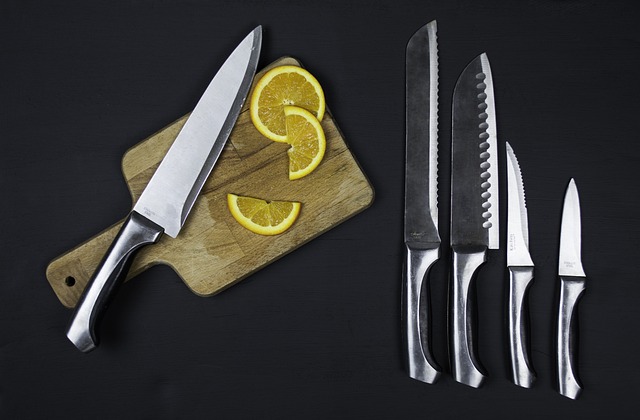
When it comes to freshening up your kitchen floor, selecting the right cleaning products is key to achieving spotless results. Start by understanding the type of flooring in your kitchen, as different materials require specific care. For example, vinyl or linoleum floors benefit from mild, pH-neutral cleaners, while stone or tile may need a more robust solution. Look for products that are designed specifically for kitchen floor cleaning to avoid damaging finishes and ensure optimal performance.
Consider natural or eco-friendly options for a safer and healthier environment. Many modern cleaning solutions incorporate plant-based ingredients that effectively remove dirt and grime without leaving behind harsh chemicals. Additionally, choose cleaners with antimicrobial properties to inhibit the growth of bacteria and keep your kitchen space hygienically clean. Regularly testing new products on a small area first can help you determine their effectiveness and suitability for your kitchen floor.
Step-by-Step Guide: Preparing Your Kitchen for a Deep Clean

Before diving into any deep cleaning, preparing your kitchen is key. Start by decluttering – remove all items from the floor to give yourself ample space to work. Empty the sink and ensure all appliances are unplugged for safety. Next, sweep or vacuum thoroughly to pick up any loose dirt or debris. This initial step prevents scratches on hard floors and ensures a more effective clean.
Once your kitchen is clear, create a cleaning solution tailored for your floor type. For ceramic or vinyl tiles, a mixture of warm water and mild detergent is usually sufficient. For wooden floors, opt for a specialized cleaner to preserve the finish. Apply the solution using a mop or sponge, working from one side to the other in straight lines. Don’t forget to clean along the baseboards and under cabinets – these areas often collect dirt and grease.
Top Tips for Maintaining a Sparkling Kitchen Floor Between Professional Cleans

Keep your kitchen floor looking pristine between professional cleans with these top tips. Regularly vacuuming or sweeping is essential to remove dirt, debris, and spills promptly. This simple step prevents a buildup of grime that can be more challenging to shift during deep cleaning sessions. Additionally, using a microfiber mop with warm water and a mild detergent can effectively tackle everyday stains, keeping your floor looking fresh.
Invest in non-slip mats at entry points and near sinks or appliances to prevent accidental slips and falls, which can cause damage. Ensure quick response times to spills by having easily accessible cleaning supplies nearby. Regularly checking and emptying trash cans also helps maintain a clean environment, reducing the risk of odours and unsightly waste attracting pests.
The Role of Equipment and Tools in Efficient Kitchen Floor Cleaning
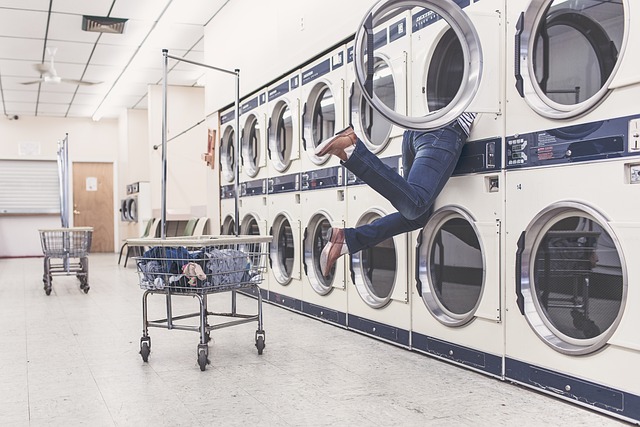
In the quest for a sparkling kitchen floor, the right equipment and tools play a pivotal role in achieving efficiency and optimal cleaning results. Professional kitchen floor cleaning services leverage specialized machinery designed to tackle the unique challenges presented by commercial kitchens. High-pressure washers, for instance, are powerful tools that swiftly remove stubborn grease, grime, and spills, leaving behind a clean and sanitized surface. These machines use high-force water jets to penetrate deep into floors, breaking down and eliminating even the most ingrained dirt.
Furthermore, scrubbers and buffers are essential components in the kitchen floor cleaning arsenal. Scrubbing machines with adjustable settings allow for gentle yet effective cleaning of delicate flooring materials while powerful buffers ensure that stains and marks are eliminated, restoring the floor’s original luster. The use of these advanced tools not only saves time but also ensures a thorough clean, preventing bacteria and germs from thriving, which is crucial in maintaining a hygienic kitchen environment.
Case Studies: Successful Kitchen Floor Freshening Transformations
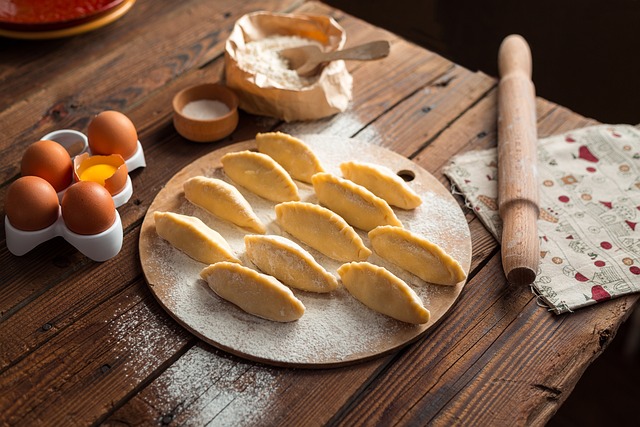
In the realm of kitchen floor cleaning, case studies serve as a vibrant tapestry showcasing the transformative power of professional services. Take, for instance, the story of a family home where years of foot traffic and culinary spills had left the once-shiny linoleum looking dull and worn. A thorough freshening treatment was undertaken, involving deep scraping to remove stubborn stains, followed by a meticulous cleaning process using eco-friendly solutions. The result? A kitchen floor that looked as good as new, with a gleam that brought the space to life.
Another compelling example involves a commercial kitchen in a bustling restaurant. Over time, the high-traffic area had accumulated heavy grime and oil buildup, posing not only an aesthetic but also a hygiene concern. Professional cleaners employed advanced techniques, including steam cleaning and specialized stripping agents, to thoroughly clean and restore the floor. This transformation not only improved the overall look but also ensured the safety of patrons by eliminating potential slips and falls hazards. These case studies underscore the significant impact professional kitchen floor freshening services can have on both residential and commercial spaces.
